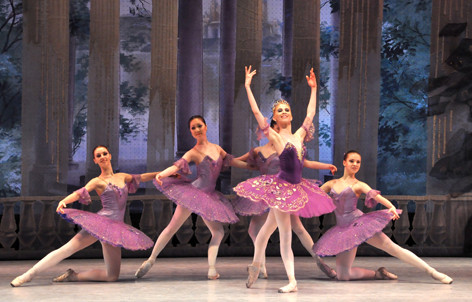With one exception, state operating support for the university would remain flat under Gov. Terry Branstad's proposed budget for the fiscal year that begins July 1. Branstad released his budget Jan. 12, indicating to Iowans, particularly Iowa legislators, his priorities for FY13 and the kinds of legislation he is likely to support this spring.
Branstad did propose an additional, recurring $20 million for the Board of Regents, but didn't indicate how it should be shared among the regent institutions. Because of this uncertainty, no decision has been made yet on how any additional state funding to Iowa State would be distributed internally
In its funding request to the state in late September, university leaders sought a 4 percent increase to nearly all its appropriations. Director of university budgets Dave Biedenbach said the request reflects the Higher Education Price Index forecast for FY13, which shows a range of 2.6 to 4.2 percent and a median of 3.4 percent.
As proposed by Branstad, Iowa State would receive $216,625,997 in state funding again next year and, most likely, some portion of the $20 million. The university's current operating budget is about $535 million; its total budget, including sponsored research and auxiliary units such as athletics, printing, residence and dining, is about $1.1 billion.
Funds for biorenewables complex, phase 2
Branstad also has $20.8 million in his proposed FY13 capital projects budget for the first year of construction on phase 2 of Iowa State's biorenewables complex south of the College of Design. Phase 2 provides two wings that will house the agricultural and biosystems engineering department and an atrium tying them to the first phase, the biorenewables research laboratory.
FY13 salary parameters
Biedenbach said planing for the university's FY13 budget continues to move forward. Iowa State anticipates an increase in tuition revenue as a result of the tuition increase approved in December by the regents (about 3.7 percent for resident students and 2.6 percent for nonresidents).
Other variables are starting to fall into place. For example, preliminary discussions are occurring now to set salary adjustment parameters for next year. That includes a minimum salary adjustment for all faculty and professional and scientific staff who receive satisfactory performance evaluations, as well as a maximum allowable adjustment, above which requires approval by the appropriate vice president. He said the goal is to decide on those parameters by mid-February.

